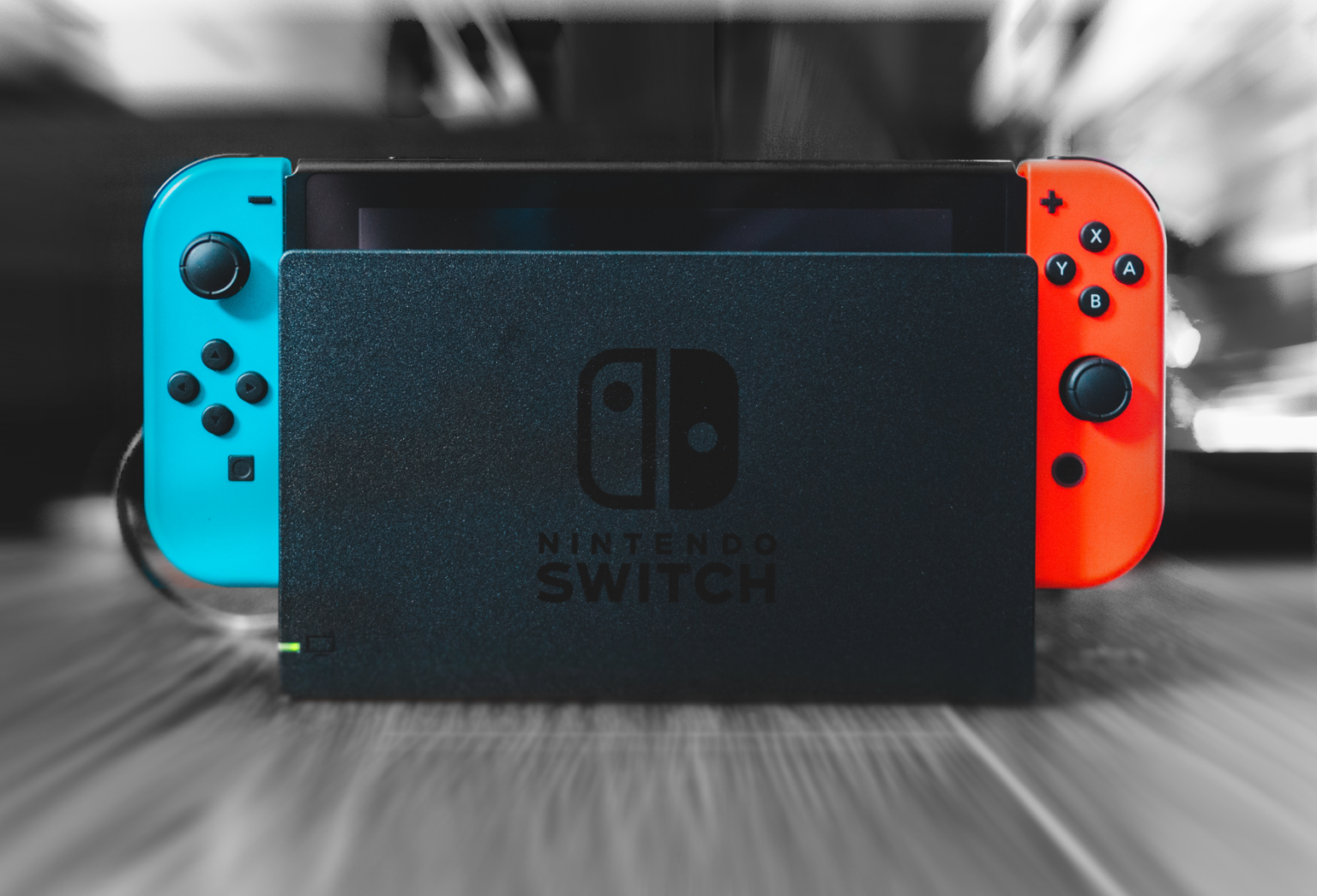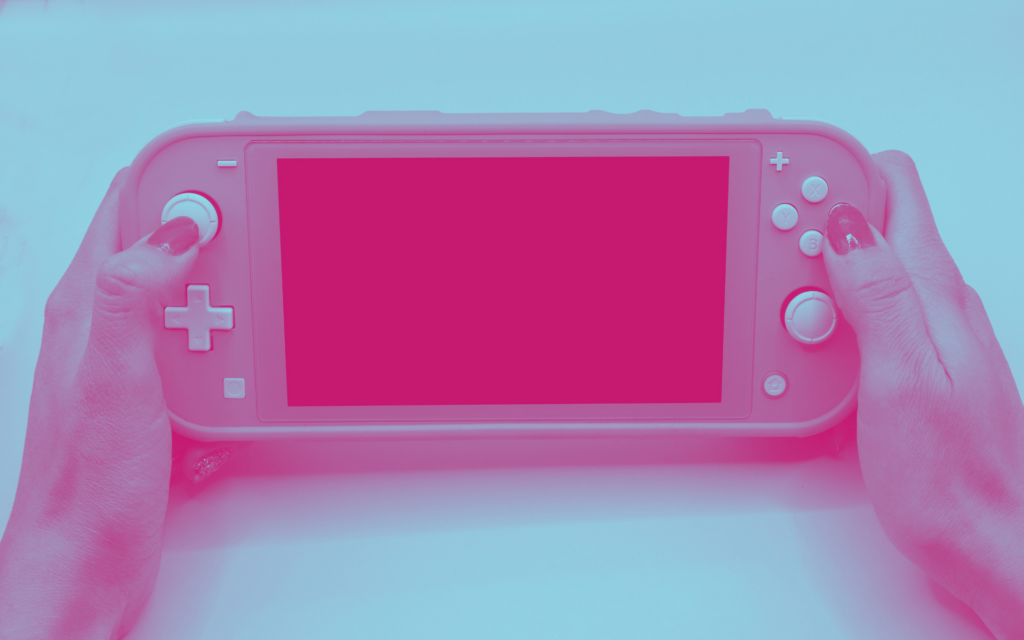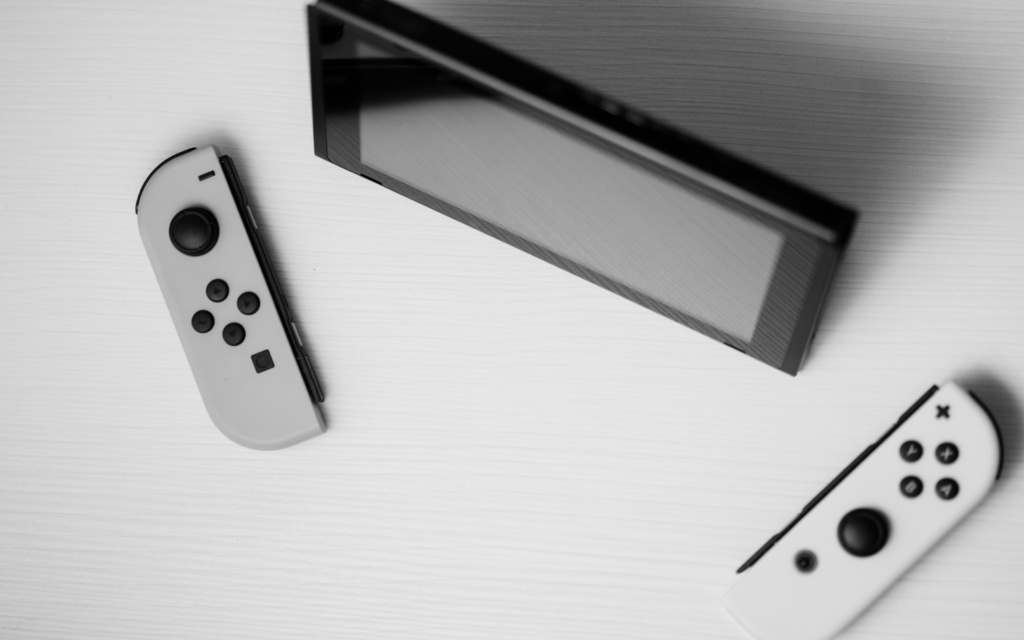M SCIENCE BLOG
Nintendo Isn’t Playing Games: NTDOY Gears up for Switch 2 Launch
FEATURING
Corey Barrett
This year, Nintendo (NTDOY) is set to launch the new Switch 2, an upgraded version of its popular gaming console. The release marks the company’s first major hardware update since 2017, signaling a significant moment for the company and the gaming industry.
In recent quarters, Nintendo has seen a noticeable slowing in the pace of major first-party games released to the Switch platform. Corey Barrett, Head of TMT Research, expects that the Switch 2 will unlock a wave of fresh content from the company. “At some point in the development cycle, you have to decide: Are we developing this game for Switch, or are we going to develop this game to leverage all of what the Switch 2 has to offer? Or contrarily, are we (Nintendo) better served launching this game before or after the Switch 2 is released?” he asked.
- Nintendo Switch 2:
- Features, Upgrades, and What To Expect
Based on the Nintendo Direct announcement on April 2nd, the Switch 2 will display an array of features, including backwards compatibility, 4k and HDR support, improved storage, Game Chat availability, advanced graphics, and GameCube games for Switch Online. The device will also allow GameShare functions for specific titles, which permits nearby players to play without actually owning the games.
Accompanying the Switch 2 will be both new and improved games, such as Mario Kart World, Donkey Kong Bonanza, Elden Ring, Zelda: Breath of the Wild, and more. The console release is set for June 5. It will cost $449 for the basic edition and $499 for the Mario Kart World bundle.
Excitement around the Switch 2’s release continues to build — but how will it impact the broader video game space?
- The Video Game Industry at a Glance
According to M Science data, the video game industry flourished in recent years. For Nintendo, world-building franchises like Animal Crossing and Zelda became popular digital escapes for those stuck at home, while the influx of relatively more casual gamers in response to COVID was a benefit to the Switch hardware cycle. The industry beyond Nintendo also experienced a rapid expansion in the engaged player base. While this later resulted in a period of digestion for the industry, as growth was rationalized in response to a return to “normal”, and perhaps more recently for mobile gaming in response to TikTok’s explosive growth, the ultimate demand backdrop remains robust.
“The health of the industry is strong. The market continues to expand, with more people engaging across PC and console,” Barrett said. “Further, with the ongoing evolution of live services extending engagement across many years, in some cases, for individual games, total industry dollar spend continues to increase.”
Due to its unique, family-friendly content, Nintendo has successfully built a large consumer base. “The company has positioned itself in a more casual, open-ended space, appealing to a wider demographic. A lot of that aligns with its core IP,” Barrett explained.
For over four decades, Mario and his accompanying cast of characters have remained cultural staples with global appeal. “Everyone loves Mario games — whether you’re five or fifty. You don’t see quite the same breadth for other industry stalwarts such as Call of Duty or Grand Theft Auto that tend to cater to a more mature and relatively more hardcore-gamer profile,” he said.
Beyond its games, Nintendo has also been influential with its hardware. “Even in its corner of the market with the Switch console, it has historically been unafraid to think outside the box when it comes to gaming mechanics. Take, for example, the Wii controllers,” Barrett said.
The current iteration of the Switch appears to prioritize flexibility over cutting-edge graphics and display technology. Nintendo’s user-friendly approach gives it a unique edge in the video game market. “Without these more elaborate features, Nintendo can enter the market at a lower price point, which makes the product well-suited to broad adoption,” Barrett said. “From a tech spec standpoint, its hardware is not meant to compete with the PlayStation or the latest Xbox.”
- What Impact Will the Switch 2 Have?
According to M Science data, Nintendo’s push for the Switch 2 comes at a time when player engagement is declining. Our insights reveal a downturn in both first- and third-party unit sales, as well as live service performance. “We’ve even seen Nintendo Switch online subscription activity waning. All of this is indicative of a couple of things: one is the moment in the Switch’s lifecycle and the second is a cumulative impact of having a slow content slate,” Barrett said.
Despite these enhancements, Barret doesn’t expect the Switch 2 to be a major disruptor in the gaming market. “I don’t expect the launch of the Switch 2 to significantly displace dollars that would have otherwise gone to a PlayStation 5 or an Xbox Series X later in its cycle. Particularly with GTA VI slated for release to PlayStation and Xbox later this year,” he said. “It will more likely be a combination of refreshing or trading-up, so people who owned a Switch for many years and are now opting to upgrade. The Switch 2 may perhaps act as catalysts to bring in new people to an expanding consumer base. Additionally, it will represent an opportunity for third-party publishers to re-engage with the Switch platform. However, I am confident that the quality and velocity of new content will pick up substantially.”
The M Science Difference
How will M Science track the Switch 2 launch and NTDOY's market performance?
M Science provides highly detailed research into the video game industry, including Nintendo, offering a comprehensive view of market share trends. “We pioneered a change in how investors understand the industry,” said Barrett. “Historically, there were a few sources that would track big-picture game sales at retail. But the entire digital economy was kind of a black box.”
That changed in 2017, when M Science introduced a new approach to tracking the industry using transactional data. “We have continued to expand on this over the years, today arriving at a very exhaustive, granular, and robust view into the entirety of the digital economy for video games,” Barrett explained.
Through our research, data, and custom insights suite, M Science provides actionable insights for the top video game providers, helping clients navigate industry trends, publisher activity, and individual title or product performance. “Our team has a very intimate understanding of the industry, supported by what has ultimately proven to be transformational data, representing a mapping of the digital economy in near-real-time. We are then able to use this visibility to contextualize challenging real-world questions and deliver critical insights that simply were not available historically,” he said.
Our research coverage includes: CD Projekt SA (CDR.PL), Electronic Arts Inc. (EA), (LNW), Nintendo ADR (NTDOY), Playtika Holding Corp. (PLTK), Roblox Corp. (RBLX), Stillfront Group (SF), Sony Group Corp. (SONY), Take-Two Interactive Software, Inc. (TTWO), and Ubisoft Entertainment SA (UBI).
We also maintain six video game dashboards:
- Video Games: We provide daily insights into the digital video game economy with a four-day lag. Our team tracks full-game downloads, MTX, DLC, and in-app purchases across PC, console, and mobile. The dashboard also observes real bookings, unique payers, ARPPU, and ASP. Our solution currently monitors 700+ publishers, 1700+ franchises, and 2600+ titles, including daily and monthly data across the industry, and comparable-days analysis for presales and live-service events.
- Video Games Mobile: We provide digital bookings, paid engagement, and average spend visibility across the mobile ecosystem. Sample coverage names include Roblox, EA’s Glu, Take-Two’s Zynga, Playtika, and SciPlay, with visibility extending across the entire ecosystem.
- Roblox: This dashboard grants visibility into the three ways to purchase Roblox’s virtual currency, Robux — directly, on-platform, and off-platform. In addition to dollar, unique payer, subscriber, and first-time payer metrics in the U.S. and U.K., this dashboard also displays app metric data related to Active Users (MAUs/DAUs) and downloads by country and region.
- Video Game Subscriptions: This dashboard provides insights into all major video game subscription services in the U.S, including platform and publisher subscriptions such as Xbox Live, Xbox Game Pass, PlayStation Plus, Nintendo Switch Online, EA Play, and Apple Arcade. We track total subscribers, gross adds, and dollars spent across these services.
- Video Game Streaming: This solution tracks Twitch viewership across several hundred titles with daily granularity updated on a one-day lag.
- Video Games Hardware: We present insight into monthly video games hardware sales across domestic markets. The dashboard tracks daily and monthly units, ASP, and overall dollar spend across all major video games hardware products.
If you would like to speak to Head of TMT Research Corey Barrett on
Video Games research, trends, and insights – send us a message!



